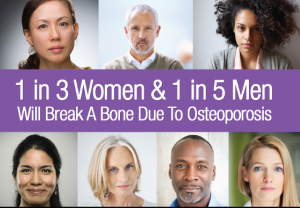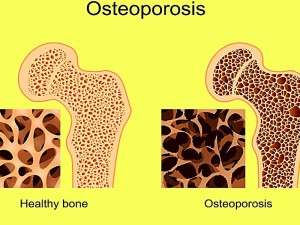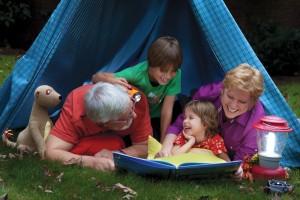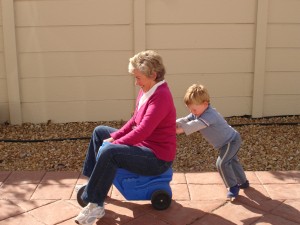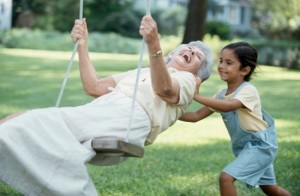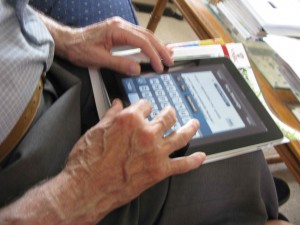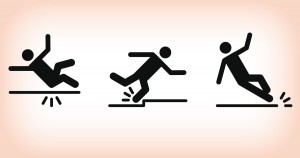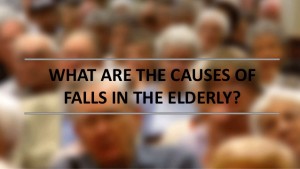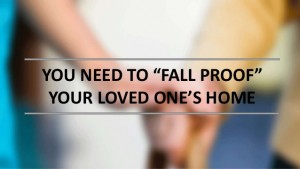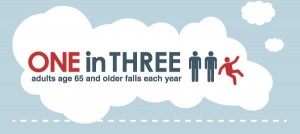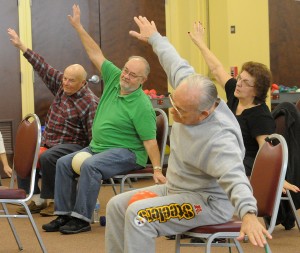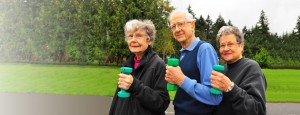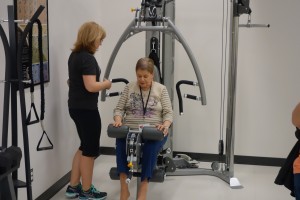UNDERSTANDING OSTEOPOROSIS
What is Osteoporosis?
Osteoporosis literally means “porous bones”. It’s a disease that causes a person’s bones to become weak and brittle. A bone density decreases, the risks of fractures and serious injury from fractures goes up.
A Silent Disease
The early signs of osteoporosis aren’t obvious. Fortunately, your doctor or healthcare provider can use a simple, painless bone density test to see how strong your bones are. About 20% of seniors who fracture a hip will die in the year following the fracture.
A Special Concern For Women
Millions of North Americans suffer from osteoporosis and 80% are women. A woman’s risk of hip fracture is equal to her combined risk of breast cancer, cancer of the uterus and ovarian cancer.
A Vicious Cycle
Osteoporosis sets up a ‘vicious cycle’. A bone breaks, which leads to pain, immobility, fear of falling and reduced activity. Inactivity, in turn, causes the person’s bones to become even weaker and more vulnerable.
What are the Risk Factors?
Anyone can develop osteoporosis, but some people are at higher risk. The more of these that apply to you, the greater the concern:
- Female (though men can also be at risk)
- Slender build
- Past menopause
- Family history of osteoporosis
- Low-calcium diet
- Lack of exercise
- Cigarette smoking
- More than moderate use of alcohol
- Caucasian or Asian
For more information on this, check out this website: www.osteoporosis.ca

